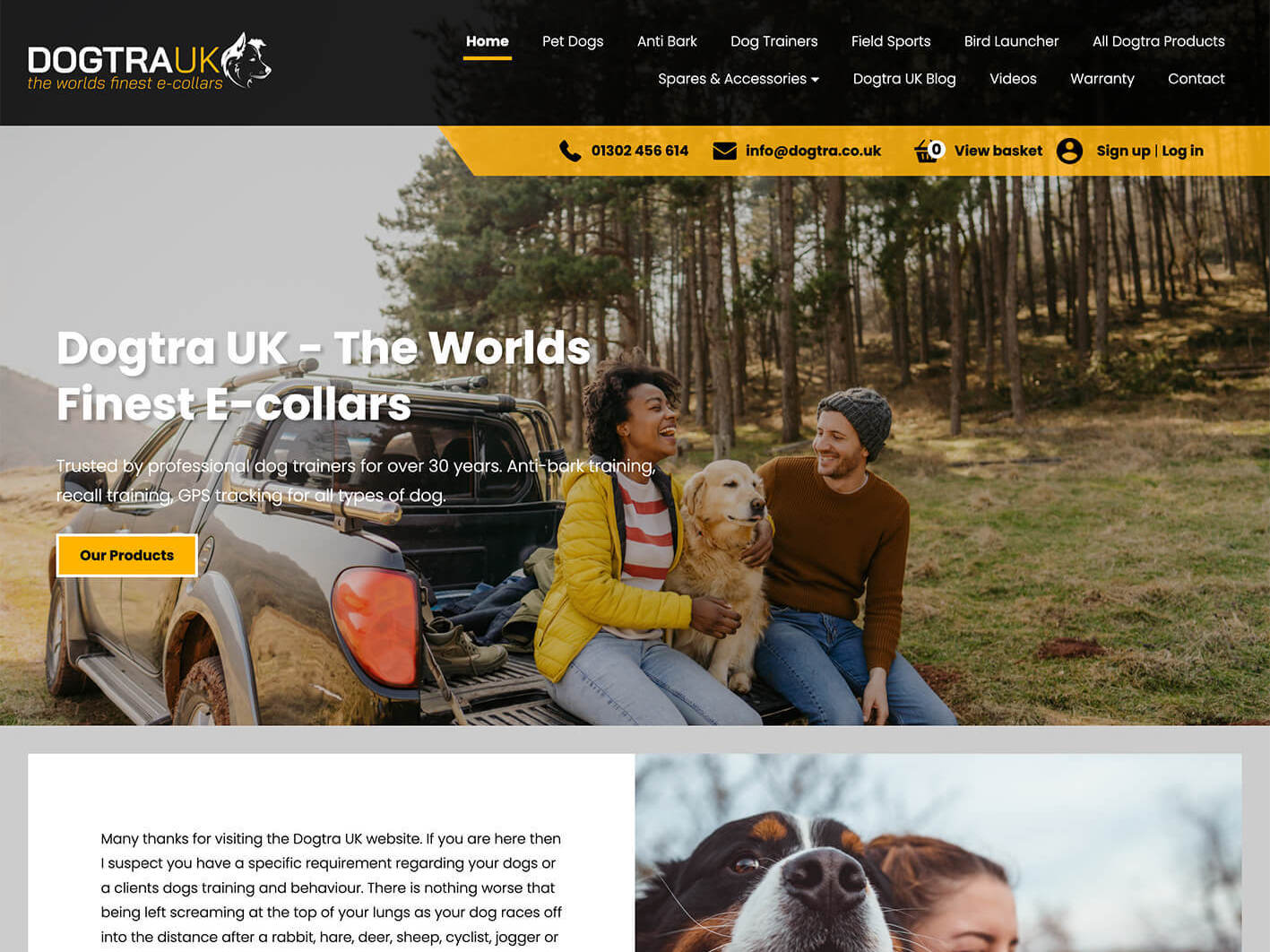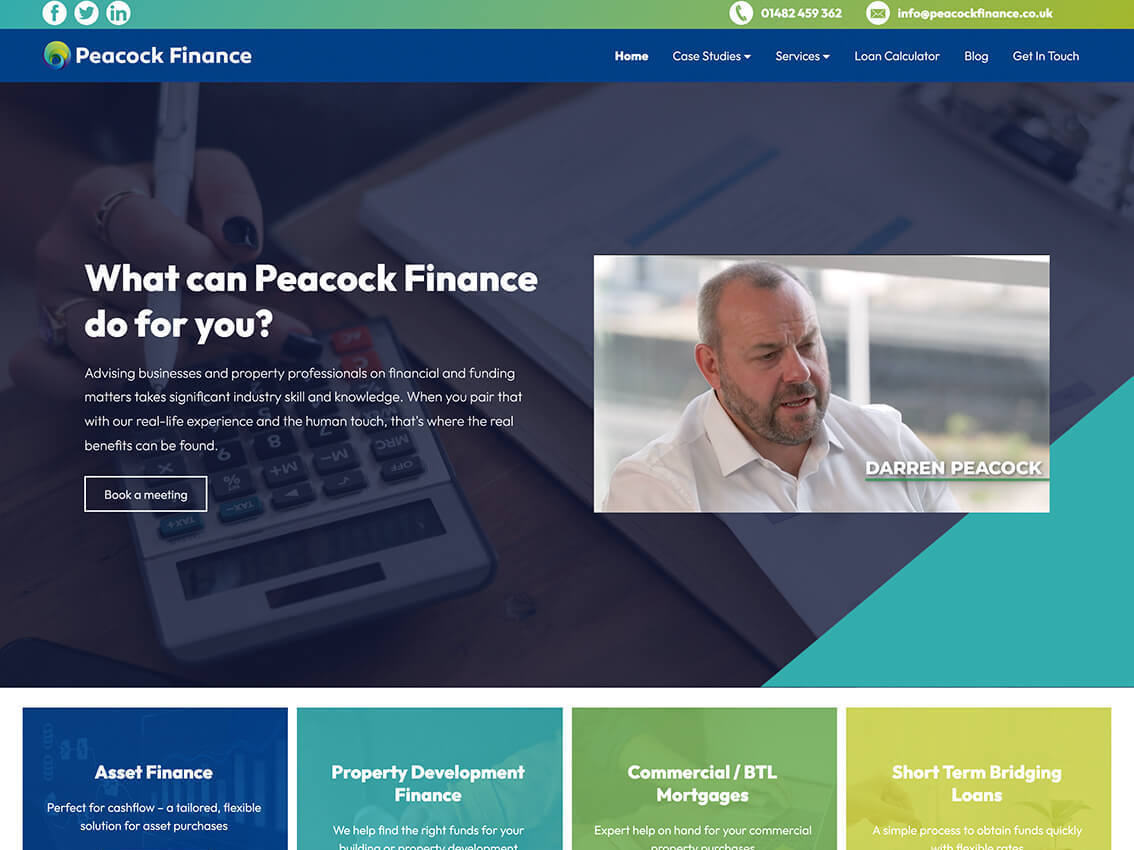When Should You Redesign Your Website?
In today's digital age, a website is the virtual face of your business or organisation. It serves as a critical touchpoint for customers, clients, and visitors seeking information, products, or services.
However, as technology and design trends evolve rapidly, it's essential to periodically evaluate your website's performance with a view to considering a redesign. In this blog post, we'll explore the key indicators that suggest it's time to redesign your website and discuss the reasons why it's crucial to stay up-to-date in the ever-changing online landscape.
Outdated Design
One of the primary reasons to consider a website redesign is an outdated design. If your website looks like it belongs in a different era, it may leave visitors with the impression that your business is stagnant or unprofessional. An outdated design can deter potential customers from engaging with your content, resulting in decreased traffic and conversions. By embracing modern design principles, you can create a visually appealing website that captivates visitors and reflects the current state of your business.
Below is an example of a redesign we produced for an e-commerce client. Their old site wasn't making sales and visitor numbers had massively decreased. We produced a new design that focussed on the customer benefits and made the whole user experience much simpler.
The result? Over £100K in new sales in the first 3 months of launching the new design.

Before

After
Poor User Experience
User experience (UX) plays a vital role in determining the success of a website. If users struggle to navigate your site, find information, or complete desired actions, such as making a purchase or filling out a contact form, it's time for a redesign.
Analyse user behaviour through data metrics, user feedback, and usability testing to identify pain points and areas that need improvement. By optimising your website's UX, you can enhance user satisfaction, increase engagement, and boost conversion rates.
Inadequate Mobile Responsiveness
With the growing dominance of mobile devices, having a responsive website has become more critical than ever. If your current website isn't optimised for mobile devices, you're likely missing out on a significant portion of potential visitors and customers.
Mobile responsiveness ensures that your website adapts seamlessly to different screen sizes and devices, providing users with an optimal browsing experience. Investing in a responsive design can help you capture mobile traffic, improve SEO rankings, and increase user engagement.

Slow Loading Speed
In today's fast-paced world, people expect websites to load quickly. If your website takes more than a few seconds to load, users are likely to abandon it and seek alternatives. Slow loading speed not only frustrates visitors but also negatively impacts your search engine rankings.
Redesigning your website with performance optimisation techniques, such as optimising images, minifying code, and leveraging caching mechanisms, can significantly improve loading times, keeping visitors engaged and satisfied.
Evolving Brand Identity
As your business evolves, it's essential to ensure that your website aligns with your current brand identity and messaging. A redesign allows you to incorporate changes in your brand logo, colour scheme, typography, and overall visual identity. Consistency across all touch points, including your website, helps build trust, brand recognition, and a cohesive brand image.

Before

After
Integration of New Features and Technologies
Advancements in web technologies and the emergence of new features can enhance user experience and functionality. If your website lacks essential features or struggles to integrate with third-party tools or platforms, it might be time for a redesign.
Adding features such as live chat, social media integration, personalised content, or enhanced e-commerce functionality can provide users with a more immersive experience, resulting in increased conversions and customer satisfaction.
Conclusion
A website redesign is not just an opportunity to freshen up your online presence; it's an investment in the growth and success of your business.
By addressing issues like outdated design, poor user experience, mobile responsiveness, slow loading speed, and evolving brand identity, you can create a website that not only attracts visitors but also engages and converts them into loyal customers. Regularly assessing your website's performance and considering a redesign when necessary ensures that you're always on top of your game!
If you're interested in talking to the it'seeze team about a redesign for your website, feel free to get in touch here.
Share this post:




